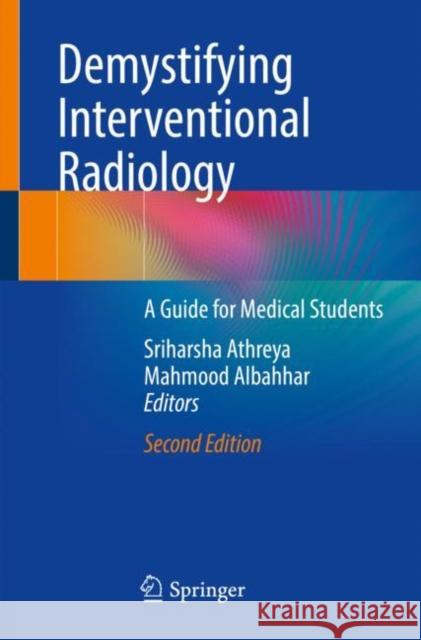Demystifying Interventional Radiology: A Guide for Medical Students » książka
Demystifying Interventional Radiology: A Guide for Medical Students
ISBN-13: 9783031120220 / Angielski / Miękka / 2022 / 240 str.
This book is a concise introduction to the field of interventional radiology (IR), designed to help medical students and residents understand the fundamental concepts related to image-guided interventional procedures and determine the appropriate use of imaging modalities in the treatment of various disorders. It covers the history of interventional radiology; radiation safety; equipment; medications; and techniques such as biopsy and drainage, vascular access, embolization, and tumor ablation. The book also describes the indications, patient preparation, post-procedure care, and complications for the most common interventional radiology procedures. This second edition is fully updated throughout with the latest guidelines and recommendations. Specific updates include: the role of IR outpatient clinics and patient-centered care, prostatic artery embolization, Y90 embolization, embolization for joint disease, the role artificial intelligence plays in IR, and a new chapter on structured reporting in IR. Designed for students and trainees, chapters include key points or “tips and tricks” and review questions. This is an ideal guide for medical students and trainees interested in pursuing interventional radiology.
This book is a concise introduction to the field of interventional radiology (IR), designed to help medical students and residents understand the fundamental concepts related to image-guided interventional procedures and determine the appropriate use of imaging modalities in the treatment of various disorders. It covers the history of interventional radiology; radiation safety; equipment; medications; and techniques such as biopsy and drainage, vascular access, embolization, and tumor ablation. The book also describes the indications, patient preparation, post-procedure care, and complications for the most common interventional radiology procedures. This second edition is fully updated throughout with the latest guidelines and recommendations. Specific updates include: the role of IR outpatient clinics and patient-centered care, prostatic artery embolization, Y90 embolization, embolization for joint disease, the role artificial intelligence plays in IR, and a new chapter on structured reporting in IR. Designed for students and trainees, chapters include key points or “tips and tricks” and review questions. This is an ideal guide for medical students and trainees interested in pursuing interventional radiology.











